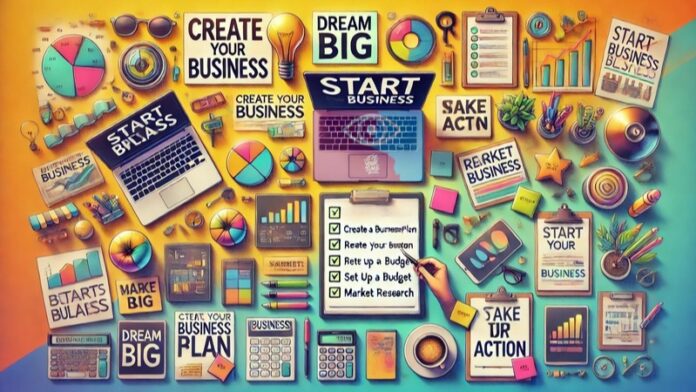MSME Digest with Kola Owolabi
In the concluding part of my presentation on a Webinar we had the other week on the same topic of this post, I gave a counsel on how one can avoid being part of the statistics of new businesses that fail before their fifth year. Some statistics say that only 10% of new businesses will still be in business by the fifth year. Some say it is 20%. If we decide to take the one of 20%, it means that if ten businesses start in the same year, by the fifth year, only 2 of them will still be in business. That also translates to the fact that eight of those businesses will have closed or folded up. The implication is that whatever money that was used to start and run those businesses will have ended up as a big waste. This includes the time, effort, energy and other inputs. One can only imagine what one would have experienced if the money used to start the business came from a high-interest bank loan.
It is a pity if your business ends up as one of the 80% destined to fail. I am sure you know that 8 of such businesses will fail out of every 10 that were started. How can you ensure that you happen to be among the 20% of businesses or the 2 out of the 10 businesses that will succeed by the fifth year of starting business? The answer lies in disruptive innovation. Since inability to compete effectively with others in the same market with you is a major cause of failure of most new businesses, under disruptive innovation, you are going to be consciously competing with yourself. You are not going to wait for any competitor. I will describe the process in a minute.
According to Eric Ries, the author of the the bestselling “The Lean Start-Up”, when you start your business, be quick to come up with a Minimum Viable Product (MVP); that is a version of your product or service (explained in detail in a previous post) that has just basic features, few and just enough for prospective customers to identify it as meeting a basic need. You are going to quickly take that MVP or ‘prototype’ to the market to enable your customers try them out so that you can have the benefit of their early feedback. If their feedback is positive you can then develop that prototype further and come up with a “full market ready version” which you will use for your full market launch. As you introduce that market ready version into the market, continue to harvest feedback from customers and continue to put the feedback together so that you can introduce changes to the product using the benefit of the feedback. This process may mean that you have a new version of your product every month, every year or once in 2 years based on the product development cycle unique to your product category. Some products could be changed as often as weekly, talking about products in the computer software development space. Some may even have new versions on a daily basis.
Now let us go back to the product whose MVP did not receive favourable acceptance in the market at the first time of its introduction. It means that product is not a market fit. What do you do at that point? You have to do a pivot. That is, change course of action in the development of that product. Since it is obvious that the product is likely to fail as constituted then, if you remain stubborn and go ahead with that product, you are likely to end up as part of the ‘statistics’ of the 8 out of 10 businesses that failed by the fifth year. Doing a pivot does not mean that you have to abandon the product altogether or throw it out of the window. It may mean that you will introduce new features or move your focus to another income group. For example, if you try to test the reaction of the market to an eatery or fast food business and the market is not receptive in a particular location, you don’t have to give up on the idea of eatery altogether. You may try another location where more people within another socio-economic group exists. This explains the fact of what happened to Mr Biggs, a very popular chain of fast food restaurants in Nigeria. At a time in Lagos, the branch of the fast food giant at Abule-Egba, a suburb of Lagos, where the low income group resides, was the highest selling out of all their outlets in the whole country. The intriguing part of it is that fast food is considered as something for the high income group.
What I am saying here is that you should be ready to change course, or strategy or features of your MVP as many times as possible until you have a prototype that has a relatively wide acceptance. This may be as often as 5 times. Since you used very minimal resources and effort to develop your MVP it will not be difficult for you to go on developing new versions until you have a version that has a relatively good market fit and which you can use for your ultimate full market launch.
Please be ready to try or pivot or iterate as many as 5 times before you can give up. At that point, you should have come up with a market ready version that will take you far beyond the dreaded 5th year “failure threshold” of new businesses. Please continue trying, improving and triying until you get beyond your 5th year and you will see yourself enjoy unending market success.
Kola Owolabi is the CEO of David Solomon Consulting – He is a Fellow of the Nigerian Institute of Management Consultants (FIMC.CMC) He can be reached by phone or WhatsApp through 08023203198.



